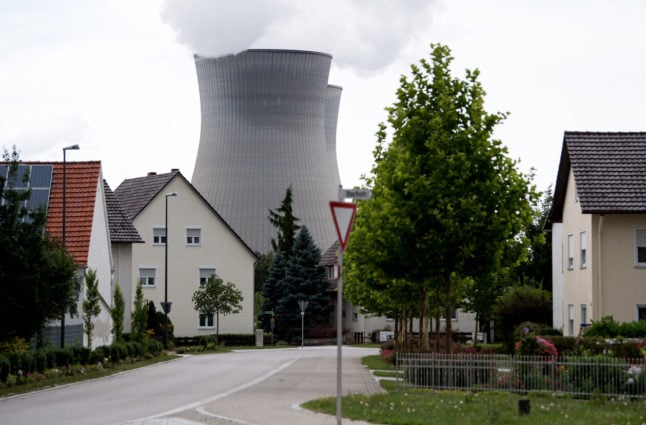“More than 5,000 nuclear weapons are deployed and ready for use, including nearly 2,000 that are kept in a high state of alert,” according to a report by the Stockholm International Peace Research Institute (SIPRI).
SIPRI’s report said the world’s eight nuclear powers — Britain, China, France, India, Israel, Pakistan, Russia and the US — possess more than 20,500 warheads.
As of January 2011, Russia had 11,000 nuclear warheads, including 2,427 deployed, while the United States had 8,500 including 2,150 deployed, the report said.
The US and Russia have signed a Strategic Arms Reduction Treaty (START) that calls for a maximum of 1,550 warheads deployed per country.
However SIPRI argued that prospects for meaningful disarmament in the short term are grim as all eight countries seem committed to either improving or maintaining their nuclear programmes.
“The five legally recognised nuclear weapons states, as defined by the 1968 Non-Proliferation Treaty are either deploying new nuclear weapon systems or have announced their intention to do so,” the report said, referring to Britain, China, France, Russia and the US.
India and Pakistan are “expanding their capacity to produce fissile material for military purposes,” according to the report.
SIPRI Director Daniel Nord said south Asia, where relations between India and Pakistan seem perpetually tense, is “the only place in the world where you have a nuclear weapons arms race.”
While Israel, which has never conclusively declared itself a nuclear weapons state but is almost universally assumed to be one, “appears to be waiting to assess how the situation with Iran’s nuclear programme develops,” SIPRI said.
Nord argued that because “nuclear weapons states are modernising and are investing in their nuclear weapons establishments (it) seems unlikely that there will be any real nuclear weapon disarmament within the forseeable future.”
The report said that North Korea “is believed to have produced enough plutonium to build a small number of nuclear warheads, but there is no public information to verify that it has operational nuclear weapons.”
Nord identified Pakistan “losing control of part of its nuclear arsenal” to a terrorist group as a specific concern.
He also voiced worry over the potential consequences if “Israel or the United States decide that they will have to intervene and do something about the programme in Iran.”
Iran has repeatedly insisted that its nuclear programme is non-military, but several world powers have demanded closer international inspection of Iran’s nuclear sites to verfiy the claim.
SIPRI is an independent institution that receives 50 percent of its funding from the Swedish state.



 Please whitelist us to continue reading.
Please whitelist us to continue reading.
Member comments